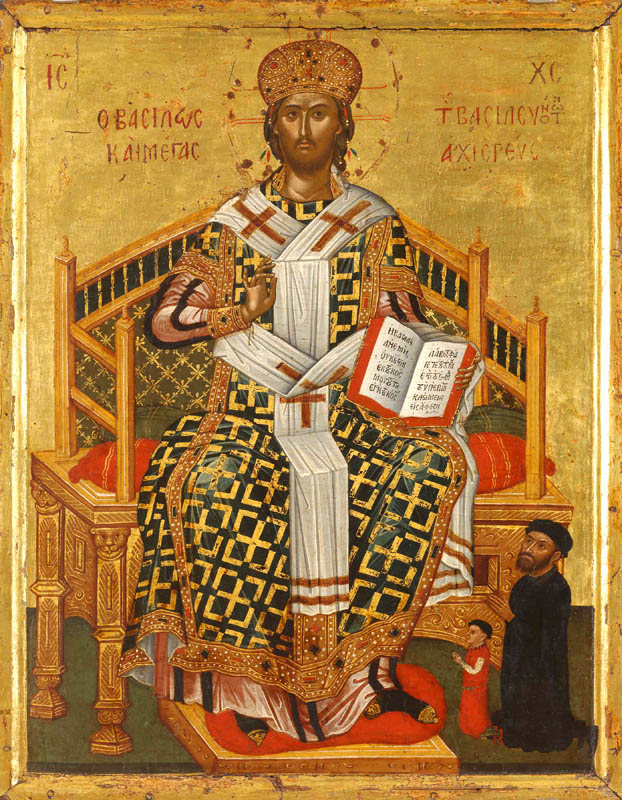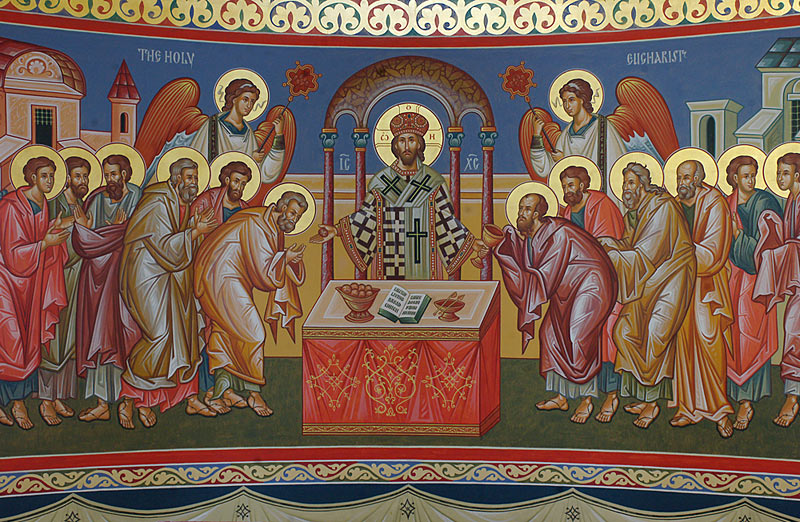

“Righteousness shall go before him, and peace shall be a pathway for his feet.” (Psalm 85:13)
On the most straightforward, historical level, peace was the pathway for the Gospel insofar as the pax Romana made it possible to preach the Gospel from Syria to Great Britain, from Egypt to the North Sea. Apostles and missionaries were able to travel the system of Roman roads–many of which still exist–which were kept safe by the Roman soldiers and the sheer number of people travelling on the roadways. Although it was safe to travel from one end of the empire to the other, it was expensive. Apostles and missionaries needed financial support from their home parish or would stop and work to support themselves as they made their journey.
The peace and stability of the Roman empire not only enabled the growth of the Church but made it possible for letters and communication to be shared. It was the re-establishment of the “Roman peace” that the many kingdoms of western Europe during the Middle Ages aspired to.
Peace is also understood to be the pathway for Christ to meet the worshipper at the celebration of the Eucharist. Each person who approaches the altar, walking towards encountering Christ in the Holy Gifts of the Eucharist, must first make peace with their neighbors either by exchanging the Kiss of Peace or by heeding Christ’s admonition to “leave your gift at the altar, if you remember that your brother has anything against you; go, be reconciled and then come to offer your gift” (Matthew 5:23-24). Peace and reconciliation between Christians was the road that had to be built or repaired to make Christ’s arrival possible.
Christ himself was also understood to be the peace of God; in Constantinople, the church of the Holy Peace is nowadays sometimes called St. Irene’s but which was always understood previously to be dedicated to Christ, the Peace of God.
“For he himself is our peace, who has made the two one and has destroyed the barrier, the dividing wall of hostility, by abolishing in his flesh the law with its commandments and regulations. His purpose was to create in himself one new man out of two, thus making peace.” (Ephesians 2:14-15 )
(The great cathedral of Hagia Sophia was also understood to be dedicated to Christ, the Wisdom of God, rather than the woman-martyr St. Sophia.)
